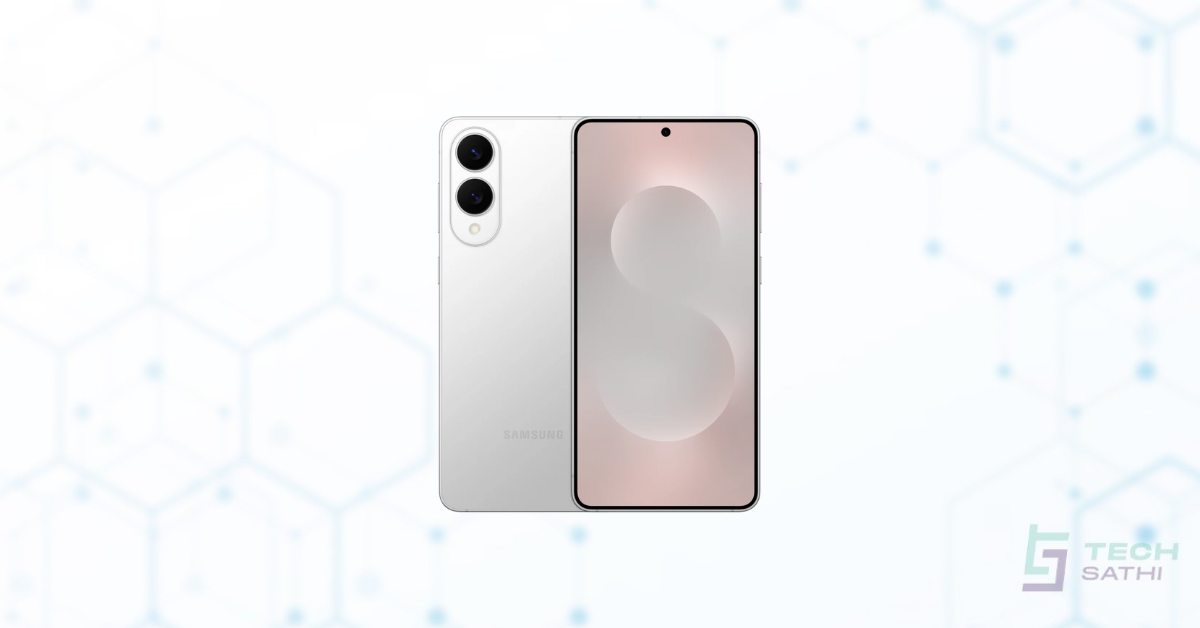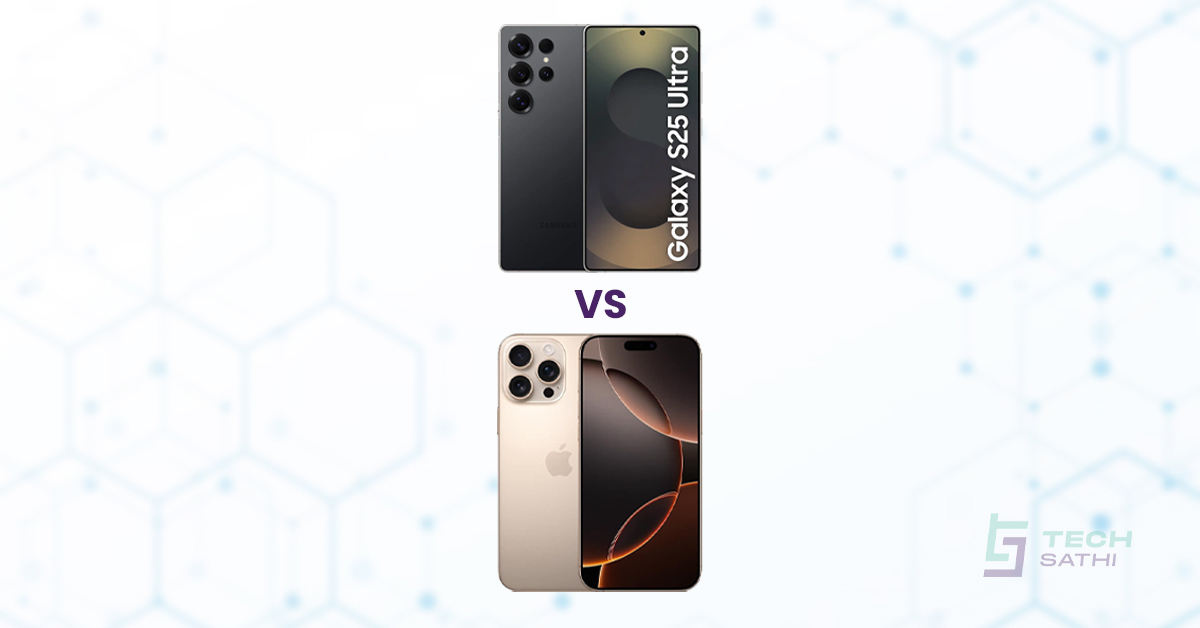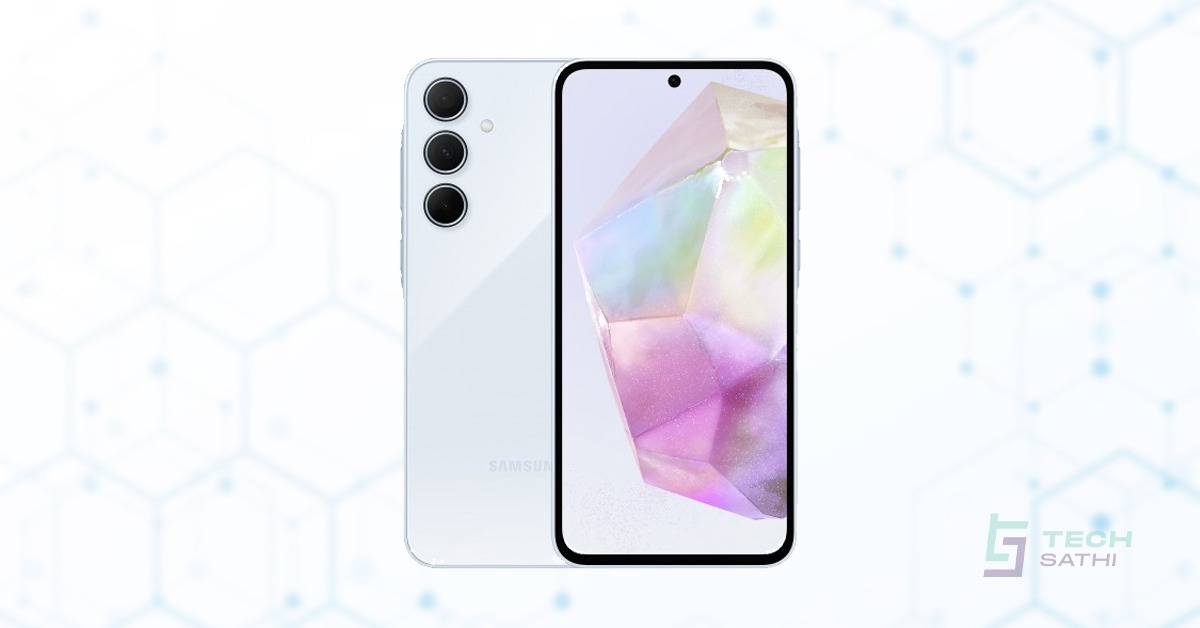After all those leaks and rumors, Samsung’s popular Note 20 series lineup has finally been launched at its virtual Unpacked 2020 event. The lineup includes two models: Samsung Galaxy Note 20 and the premium Samsung Galaxy Note 20 Ultra. Other gadgets like the Galaxy Tab S7/S7+, Galaxy Buds Lite, and Galaxy Watch 3 were also launched at the event. For now, let us look at how the Note 20 lineup stacks up to the ever-growing competition.
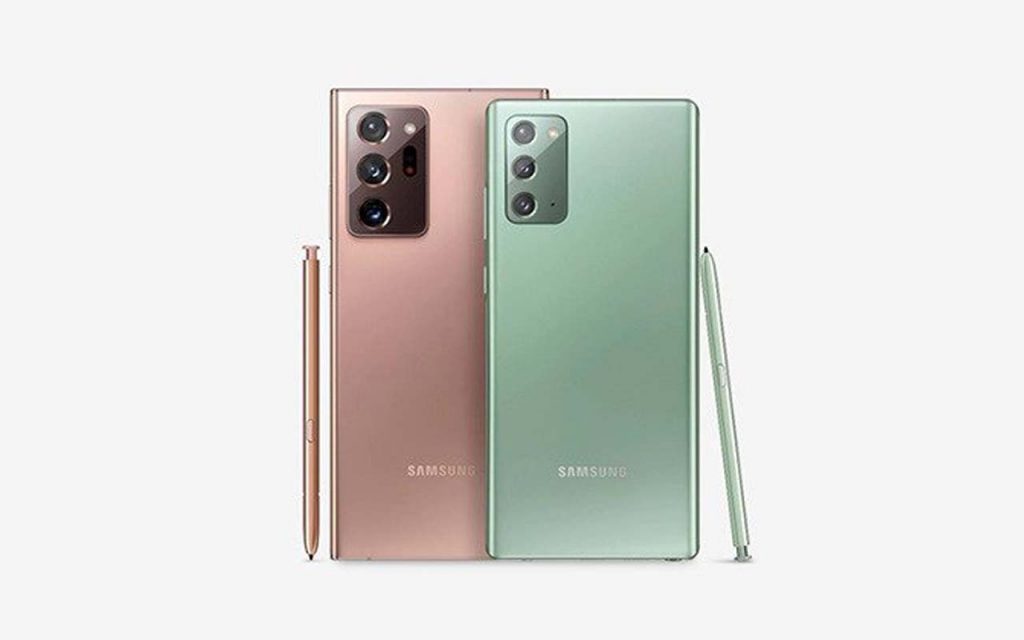
Samsung Galaxy Note 20 Ultra
This one’s the cream of the crop from Samsung this year as implied by the ‘Ultra’ in its name. It’s a large phone featuring a 6.9-inch WQHD+ Dynamic AMOLED 2x Infinity-O screen with a 3200 x 1440 resolution, 120Hz refresh rate, and 240Hz touch sampling rate. Though the refresh rate can change dynamically as required, the 120Hz refresh rate is applicable only up to 1080p resolution while other companies already provide 120Hz or more at 1440p. So, the Ultra is lacking a bit on this part. Regardless of that, this HDR10+ certified display with 496 PPI of sharpness will likely win the ‘Best Smartphone Display’ award this year.
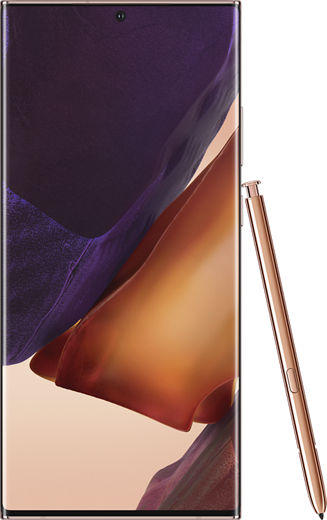
Despite the large size applicable for two-handed use which previous Note users are likely aware of, the phone feels highly premium on the hand due to its glass back and stainless steel frames on the side. The exciting part is the debut of the all-new Corning Gorilla Glass Victus that wraps the Note 20 Ultra both on the front and back and is claimed by the company to be a lot more (say 2x) durable than previous generations offering a scratch-proof drop-resistance up to 1.6 meters (5.25 feet). That’s a relief for those slippery glass back corners and curvier edges of the phone. The phone is IP68 dust/water resistant as all flagships from Samsung. The phone comes in three color options: Mystic Bronze, Mystic White, and Mystic Black.
Samsung has always been praised for its insanely good screen panels and this time Samsung says the panel is 25% brighter than its previous flagship offerings which I likely believe to be true. The Infinity-O has a top-mid punch hole housing a 10MP sensor with dual-pixel phase-detection for faster autofocus.
The back part of the phone features a top-right rectangular module that houses the 108MP f/1.8 main sensor with PDAF and OIS, 12MP f/2.2 ultrawide with 120-degree FOV, 12MP f/3.0 telephoto offering 5x optical zoom & up to 50x hybrid zoom and a separate Laser AF sensor besides an LED flash which will likely overcome the focus problems faced by the S20 Ultra.
For videos, the rear main sensor can record up to 8K@24fps whereas the front sensor can record up to 4K@60fps.
Unfortunately, in the hardware segment, North America and some Asian countries like China and South Korea will only be able to enjoy the all-powerful Snapdragon 865+ whereas the rest of the world will be shipped with an inferior Exynos 990 as seen on the S20 Ultra. It’s not a bad processor for a flagship phone but it’s sad paying such a premium price for the Exynos while the company will be shipping the Galaxy Tab S7/S7+ with Snapdragon 865+ worldwide. The phone comes in both 5G and 4G variants. The 5G models of the phone have 12GB LPDDR5 RAM with 128/256/512 GB UFS 3.1 storage while the LTE(4G) models have 8GB LPDDR5 RAM with 256 or 512 GB UFS 3.1 storage. There is no external SD-card support (up to 1TB) here unlike on Note 20. The software is One UI 2.1 on top of Android 10.
Samsung has opted for a 4500mAh battery with 25W wired, 15W wireless, and 9W reverse wireless charging. The battery here is 500mAh smaller than the S20 ultra and it’s kind of confusing while Samsung left out its own 45W fast charging technology here when we can find even triple-digit fast-charging coming into play on other company’s flagships.
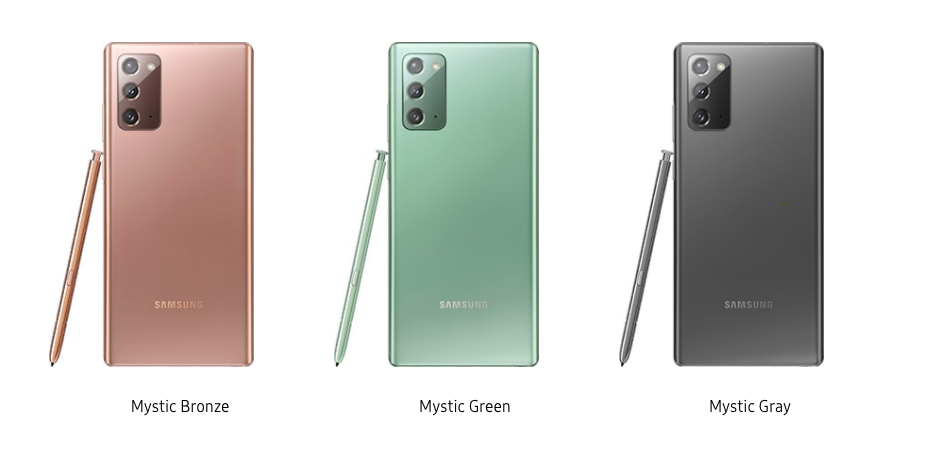
Other features include improvements on the S-pen which now has improved latency of 9ms on the Note 20 Ultra’s screen making it more intuitive than before. For comparison, there was 42ms latency on the Samsung Galaxy Note 10 and even Note 20 has only 26ms.
Also Read: Samsung Galaxy S20 Gets Massive Price Drop in Nepal
The Note 20 users are getting a great offer due to Samsung’s partnership with Microsoft. Note 20 Ultra pre-order buyers can opt for the Xbox Game Pass Ultimate Bundle and enjoy free 3-months subscription to play Xbox One and Xbox Series X games on their smartphone with the compatible MOGA XP5-X Bluetooth gaming controller provided in the same bundle.
Also, users can now use some Samsung apps on their Windows PC and Samsung DEX is now fully wireless supporting multitasking on the phone and your smart TV simultaneously during screen-mirroring. Note 20 Ultra also brings Ultra-WideBand (UWB) technology as first seen on Apple’s iPhone 11 Pro meaning that the phone can be used as a digital key speeding up nearby file transfer on Google’s new Airdrop alternative. The UWB has a lot more potential left to uncover and will highly aid in the IoT-ic future.
Samsung Galaxy Note 20
As implied by the Korean giant company, the Note 20 ultra is for Galaxy Note users who are familiar with what this lineup offers whereas the vanilla version i.e. Note 20 is aimed at people upgrading or entering into the Note 20 lineup for the first time, hence its toned-down features and lower price tag. After getting a taste of the ‘Ultra’, let us now look at the sacrifices made here.
Note 20 features a 6.7-inch FHD+ Super AMOLED panel with 1080 x 2400 pixels and a mere 60Hz refresh rate for the most expensive entry-level Galaxy Note smartphone ever. Though the aesthetics and design are new from Samsung, one shouldn’t be fooled by the polycarbonate back of the phone because Samsung has claimed that some coating has been applied to make it feel and look like the glass back of the Note 20 Ultra. It has aluminum frames on the side with Corning Glass 5 protection for the display. Come on Samsung, boasting a new 2x tougher protection on the Ultra and providing 4-year-old protection here?

The non-curved flat display is HDR10+ certified with 393 PPI density and has a slightly bigger punch hole housing the same 10MP f/2.2 front camera sensor as seen on the Note 20 Ultra. The back-camera module cut-out is also similar but the sensors here include a 12MP f/1.8 primary with Dual Pixel PDAF & OIS, a 12MP f/2.2 ultrawide, and a 64MP f/2.0 telephoto lens with 3x lossless optical zoom and up to 30X digital Space Zoom. You can record up to 8k@24fps and 4k@30fps with the rear(main) and front sensor respectively.
The hardware availability is the same as that of the Note 20 Ultra. We will be getting Exynos 990 in Nepal meanwhile the US, South Korea, and China will be enjoying the superior Snapdragon 865+. The memory option is only of 8GB LPDDR5 here with storage options of 128GB or 256GB UFS 3.0 on the 5G variants and a single 256GB UFS 3.0 option on the LTE(4G) variant. Since there is no option of expandable storage via SD-card I don’t know why Samsung decided to cut the storage by half as compared to the 8GB/256GB on last year’s Note 10. The OS software is Samsung One UI 2.1 on top of Android 10.
The battery capacity of 4300mAh is decent enough with 25W wired, 15W wireless and 9W reverse wireless charging. Well, you shouldn’t expect faster charging than 25W here since even the Note 20 Ultra is trolling the market with the same specs.
Also Read: Xiaomi Mi 10 and Mi Note 10 Lite is Official in Nepal: Price, Specs, and Features
Other interesting features like Dex Wireless, Windows compatibility for Samsung Apps, Samsung Notes’ Sync with OneNote feed on MS Outlook, Project X-Cloud (Xbox Game Pass) offers are all similar to what I described before for the Note 20 Ultra.
The S-Pen gets new gestures and has faster latency of 26ms as compared to 42ms on the Note 10. Well, the 9ms on the Note 20 Ultra blows this out of the water but still this is an improvement here to consider. Also, if you haven’t noticed from the pictures yet the new S-Pen placement has changed from the bottom-right chin to the bottom-left on the Note 20 series lineup.
Now, let us compare the specs of these two expensive buddies’ side by side.
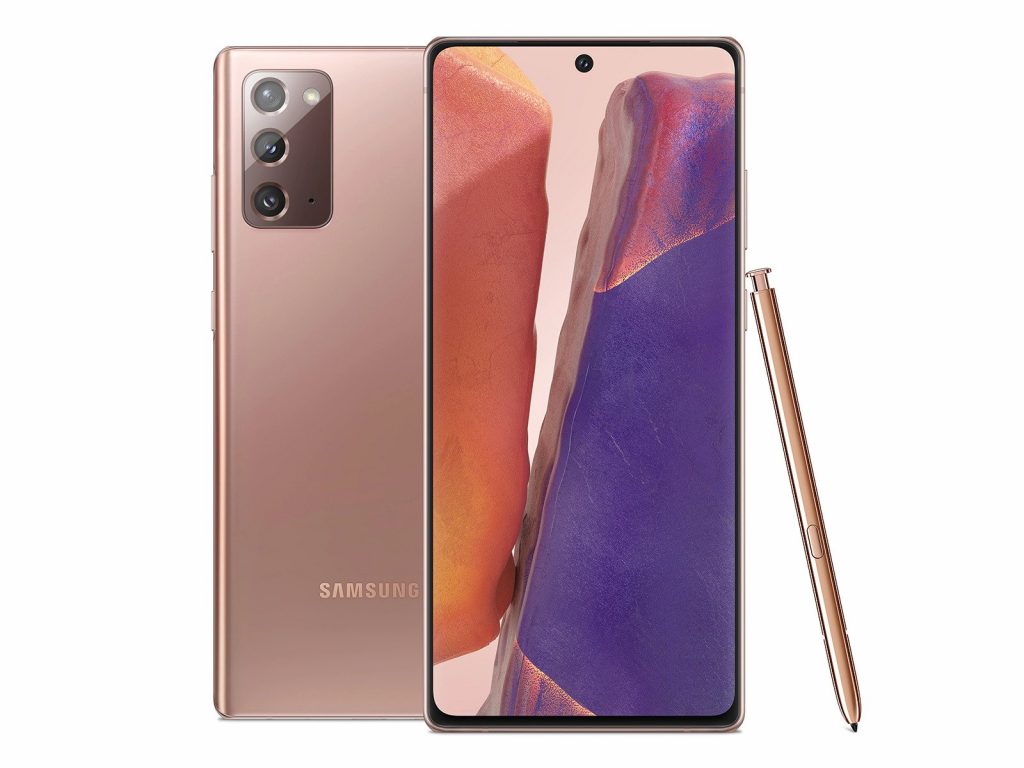
| Specifications | Galaxy Note 20 | Galaxy Note 20 Ultra |
| Dimension and Weight | 6.36 x 2.96 x 0.33 inch 192g | 6.49 x 3.04 x 0.32 inch 208g |
| Display | Super AMOLED Plus 6.7 inches (89.2% s-to-b ratio) 1080 x 2400 pixels, 20:9 ratio 393 PPI density Corning Gorilla Glass 5 (front) HDR10+ Always-on display Flat screen | Dynamic AMOLED 2x 6.9 inches (92.5% s-to-b ratio) 1440 x 3088 pixels, 19.3:9 ratio 494 PPI density Corning Gorilla Glass Victus (2x tougher-front and back) HDR10+ Always-on display Curved screen |
| Refresh Rate | 60Hz@1080p | Dynamic 120Hz@1080p, 60Hz@1440p |
| SoC (Chipset) | Exynos 990, 7nm+ (Global) Snapdragon 865+, 7nm+ (Specific Countries) | Exynos 990, 7nm+ (Global) Snapdragon 865+, 7nm+ (Specific Countries) |
| GPU | Mali-G77 MP11 – Global Adreno 650 – Specific | Mali-G77 MP11 – Global Adreno 650 – Specific |
| RAM and Storage | 8GB + 128GB/256GB UFS 3.0 (5G) 8GB + 256GB UFS 3.0 (4G) | 12GB + 128GB/256GB UFS 3.1 (5G) 8GB + 256GB/512GB UFS 3.1 (4G) |
| Battery and Charging | 4300mAh non-removable 25W (wired), 15W (wireless), 9W (reverse wireless) | 4500mAh non-removable 25W (wired), 15W (wireless), 9W (reverse wireless) |
| Rear Camera | 12MP, f/1.8 26mm(wide), Dual Pixel PDAF, OIS 64MP, f/2.0 (telephoto), PDAF, OIS, 3x hybrid optical zoom 12MP, f/2.2 13mm(ultrawide), 120-degree FOV | 108MP, f/1.8 26mm(wide), PDAF, Laser AF, OIS 12MP, f/3.0 (telephoto), PDAF, OIS, 5x optical/50x hybrid zoom 12MP, f/2.2 13mm(ultrawide), 120-degree FOV |
| Front Camera | 10MP, f/2.2 26mm(wide), Dual Pixel PDAF, EIS | 10MP, f/2.2 26mm(wide), Dual Pixel PDAF, EIS |
| Video | 8k@24fps, 4k@30/60fps, 1080p@30/60/240fps, 720p@960fps, HDR10+ | 8k@24fps, 4k@30/60fps, 1080p@30/60/240fps, 720p@960fps, HDR10+ |
| OS | One UI 2.1, Android 10 | One UI 2.1, Android 10 |
| Security | In-display Ultra-Sonic Fingerprint sensor | In-display Ultra-Sonic Fingerprint sensor |
| Audio | 32bit/384KHz, Stereo Loudspeakers (Tuned by AKG) | 32bit/384KHz, Stereo Loudspeakers (Tuned by AKG) |
| Resistance | IP68 Dust/Water Resistant | IP68 Dust/Water Resistant |
| Sensors | Accelerometer, Gyro, Compass, Barometer | Accelerometer, Gyro, Compass, Barometer |
| Connectivity | Wi-Fi 802.11 a/b/g/n/ac/6, dual-band, Wi-Fi direct, hotspot Bluetooth 5.0, A2DP, LE, aptX GPS with A-GPS, GLONASS, BDS, GALILEO NFC – Yes USB 3.2, Type C 1.0 Reversible Connector, USB On-The-Go (OTG) | Wi-Fi 802.11 a/b/g/n/ac/6, dual-band, Wi-Fi direct, hotspot Bluetooth 5.0, A2DP, LE, aptX GPS with A-GPS, GLONASS, BDS, GALILEO NFC – Yes USB 3.2, Type C 1.0 Reversible Connector, USB On-The-Go (OTG) |
| Other Features | Samsung Wireless DEX, ANT+, UWB, Bixby, S-Pen (Stylus) with 26ms latency | Samsung Wireless DEX, ANT+, UWB, Bixby, S-Pen (Stylus) with 9ms latency |
| Colors | Mystic Green, Mystic Bronze, Mystic Grey | Mystic Green, Mystic Bronze, Mystic Black |
Samsung Galaxy Note 20 Series Price in Nepal and Availability:
Both the phones are available for pre-order from August 6 while the actual sales will start from August 21. Since only the pre-order prices have been unveiled on the official Samsung’s website till now, I have only given them below.
| Phones | Price (USD) | Expected Price (Nepal) |
| Note 20 (8GB+128GB) | $999.99 | NRs. 123500 |
| Note 20 Ultra (12GB+128GB) | $1299.99 | NRs. 157700 |
| Note 20 Ultra (12GB+512GB) | $1499.99 | NRs. 184900 |
Exchange rate at the time of this article = 1USD = 120.5 NPR
Conclusion
I would definitely love to try it out but I wouldn’t buy it personally due to its hefty price tag and also because there are a lot of other competitions to consider in the smartphone industry.


